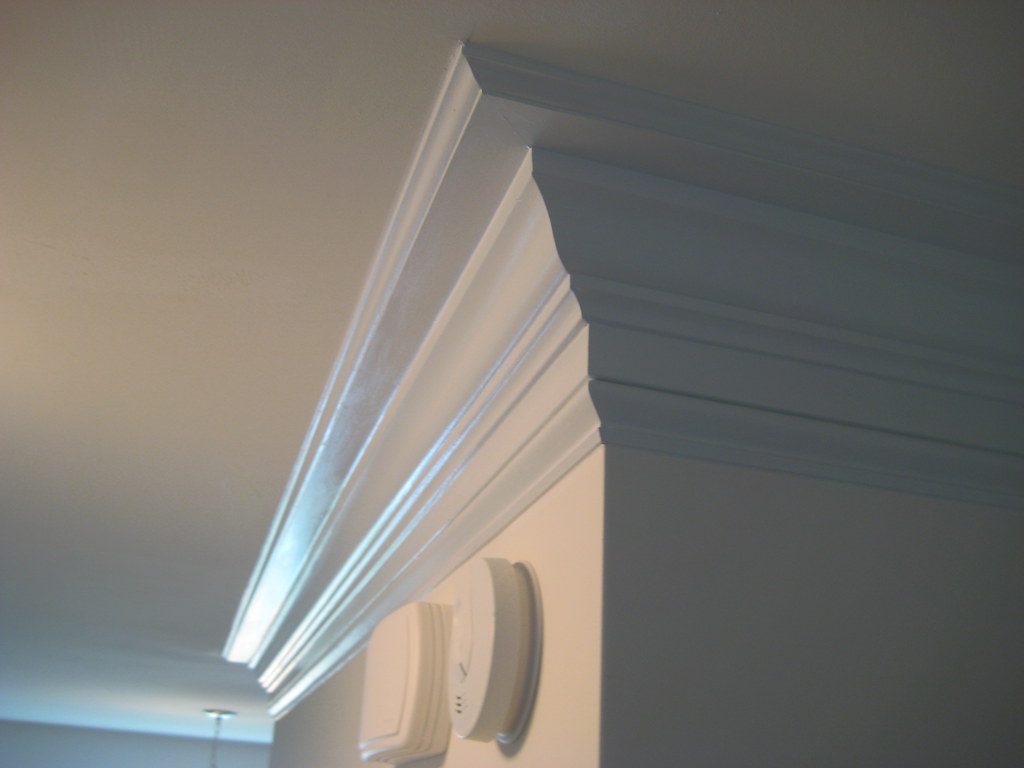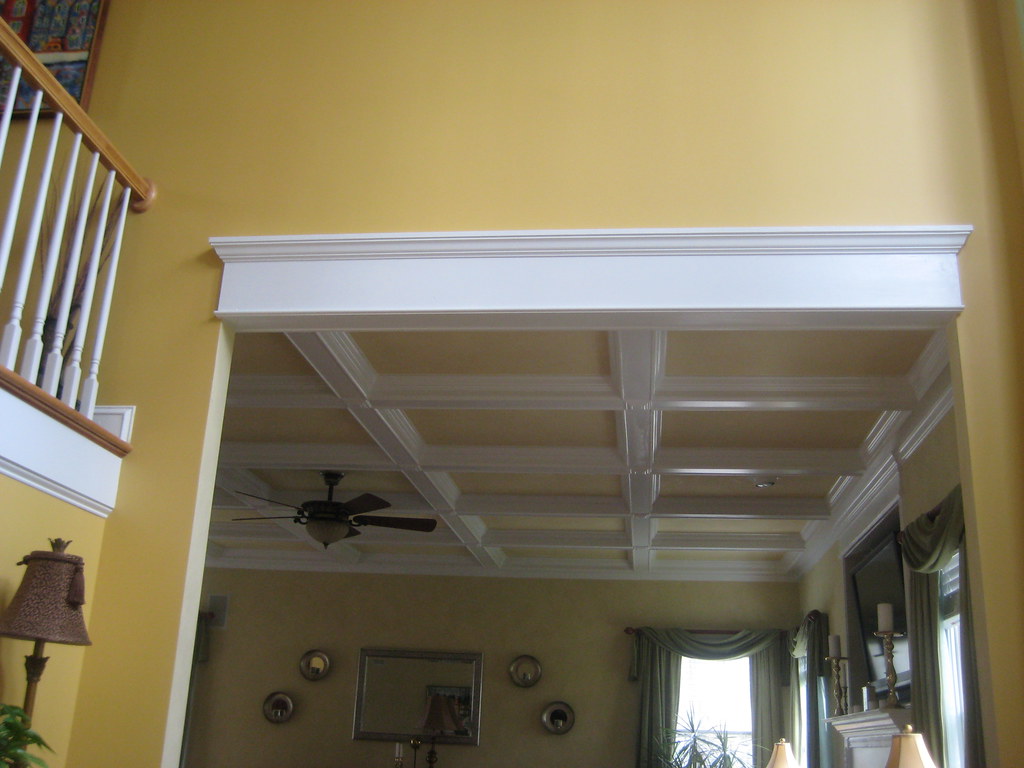7 Steps to Install Ceiling Mouldings
Summary
– Step 1: Clean the surface
– Step 2: Prepare the substrate
– Step 3: Locate the site
– Step 4: Install the mouldings
– Step 5: Apply the finishing touches
– Step 6: Cut cornices
– Step 7: Install a rose
Ceiling mouldings are ornaments of various shapes and styles that you can use to accentuate a room’s decor.
Polystyrene mouldings are very inexpensive but have a poor finish. They are available in plaster and polyurethane, at a higher price, but with a much better finish. The installation is done by gluing (the glue type depends on the material).
Modern, baroque, classic, fixed in the cornice, or rosette, these decorations are straightforward to install. You have to observe a few instructions regarding the support.
Here’s how to install ceiling mouldings.
Warning: Try to adopt the most comfortable position on your stepladder, never work at arm’s length!
1. Clean the surface
The surface must be free of dust, grease and be dry to optimize the mouldings’ adhesion.
– Sponge wash the ceiling with alkaline detergent diluted in water.
– Wait for it to dry completely before starting to install the mouldings.
2. Prepare the support
– If the support has some cracks or asperities, use a filler to fill them.
3. Position the moulding
– Position the moulding in its final location.
– Draw its support line on the ceiling with a light pencil line.
– This operation is essential as it will allow you to avoid hesitation when installing the moulding. It is even more important when installing a cornice. You can also contact a professional to help you out.
4. Install the mouldings

– Carefully read the instructions for using the glue, especially the setting time.
– Apply the glue:
◦ In dots, use a spatula if the glue is in a jar.
◦ In beads, if the glue is in cartridge form.
– Also, glue the ceiling surface for polystyrene and plaster mouldings.
– Put the moulding in place.
– Press evenly.
– Remove excess glue with a damp cloth.
Caution: Use the correct glue for the moulding material; any other glue may attack an incompatible material.
5. Make the finishing touches
– Wait for the glue to dry.
– Then, mask the joints between several elements (if any).
– Use ready-to-use filler, applied with a spatula or finger.
– After the filler has dried, you can even paint the mouldings.
6. Cut the cornice
– Put the cornice in place.
– Draw the cut line with a pencil.
– Use a mitre box and its saw to make clean cuts.
– Cut at 45° for angled joints, but also in a straight line.
– Hold the cornice firmly in place inside the box as you saw.
7. Install a rosette
In addition to its aesthetic function, the rose allows you to hide the fixture’s attachment.
– Before working on it, cut off the electricity to the meter.
– Cut a hole of a few centimetres in its centre with a cutter to allow the passage of electrical wires.
– Proceed with the installation in the same way as simple moulding.
– Take care of the finish.
Materials for installing ceiling mouldings
|
Alkaline detergent |
$3 approx. |
|
Sponge |
$1 approx. |
|
Step ladder |
$20 approx. |
|
Spatula |
Starting at $1 |
|
Recovery cloth |
Free |
|
Glue |
About $20 per 8 kg |
|
Filler (tube) |
Starting at $3 |
|
Jointing gun |
Starting at $6 |
|
Handsaw |
Starting at $3 |
|
Mitre box |
Starting at $4 |
Hope these few steps help you install your ceiling mouldings. Remember to share your experience in the comments below.




2 thoughts on “7 Steps to Install Ceiling Mouldings”